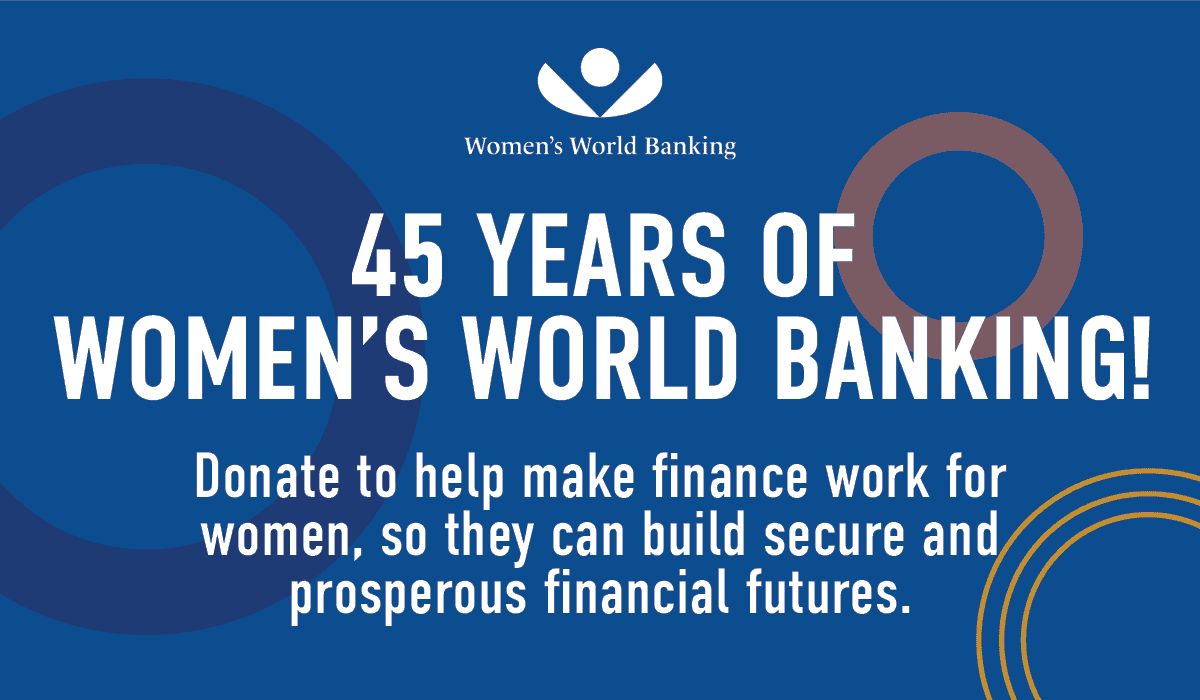Digital innovation is transforming financial services for women worldwide. Our latest policy brief explores how new technologies—AI, blockchain, embedded finance, digital IDs, and interoperable systems—are reshaping access, inclusion, and empowerment for women, especially those historically excluded from formal finance.
Key Insights at a Glance
1. AI & Machine Learning: Unlocking Credit and Personalization
- AI-driven credit scoring uses alternative data (like mobile payments and social networks) to assess borrowers who lack traditional credit histories—benefiting millions of women previously deemed “unscorable.”
- Personalized financial products: Algorithms can tailor savings, insurance, and credit to women’s real-life needs, such as school fees or emergencies.
- Risks: Without careful design, AI can perpetuate gender bias. Policies must ensure systems are audited for fairness and transparency
2. Cryptocurrency & Blockchain: Bypassing Barriers
- Direct access: Crypto enables women to save, invest, and transact securely—even without a bank account, crucial in regions with limited banking infrastructure.
- Stablecoins: Offer fast, low-cost remittances and a stable store of value, especially in volatile economies.
- Risks: Market volatility and lack of regulation can expose women to scams. Education and robust consumer protection are essential
3. Embedded Finance: Seamless Inclusion via Everyday Platforms
- Integration: Financial services are now embedded in apps women already use (e.g., ride-hailing, e-commerce, gig platforms).
- Impact: In Indonesia, 52% of female informal workers adopted mobile banking through platforms—far above the national average.
- Tailored products: Platforms use transaction data to offer microloans, insurance, and savings, lowering barriers for women new to formal finance.
- Challenges: Digital divides persist—women are less likely to own smartphones or use mobile internet. Embedded finance must be designed for low-tech access and user literacy
4. Digital ID & e-KYC: Breaking the Identification Barrier
- Digital IDs empower women to open accounts and access services remotely, overcoming lack of official documentation.
- Tiered KYC: Enables basic accounts with minimal info, unlocking financial inclusion for marginalized groups.
- Global examples: India’s Aadhaar e-KYC slashed onboarding costs, while Senegal’s reforms simplified ID procedures for women.
- Privacy & Trust: Data protection laws and user-friendly update processes are vital for adoption and confidence.
5. Interoperable Systems & Open Finance: Building Financial “Roads”
- Interconnectivity: Seamless linkage between banks, fintechs, and mobile money providers lets women transact and share data across platforms.
- Benefits: Reduces costs, expands access, and enables alternative credit assessment.
- Policy Needs: Gender-responsive design, robust data protection, and inclusive standards are essential for equitable impact
Case Studies
- Nigeria: Stablecoins and regulatory sandboxes are driving digital finance adoption, with 25.9 million users and $22B in stablecoin transactions.
- India: MuleHunter.AI, an AI fraud detection tool, led to a 61% drop in bank frauds and improved consumer protection for women.
- Vietnam: VNeID digital ID system enabled secure, rapid onboarding and reduced fraud by 59%.
- Brazil: Pix instant payment system reached 76% of the population, lowering costs and boosting inclusion for women entrepreneurs.
Why This Matters
- For Policymakers: Thoughtful regulation and inclusive infrastructure are key to closing gender gaps and building trust.
- For Financial Services Providers: Digital innovation enables outreach to new customer segments, especially women, driving growth and resilience.
- For Women & Communities: These advances mean safer ways to save, pay, and invest—empowering women to support families, launch businesses, and build future




